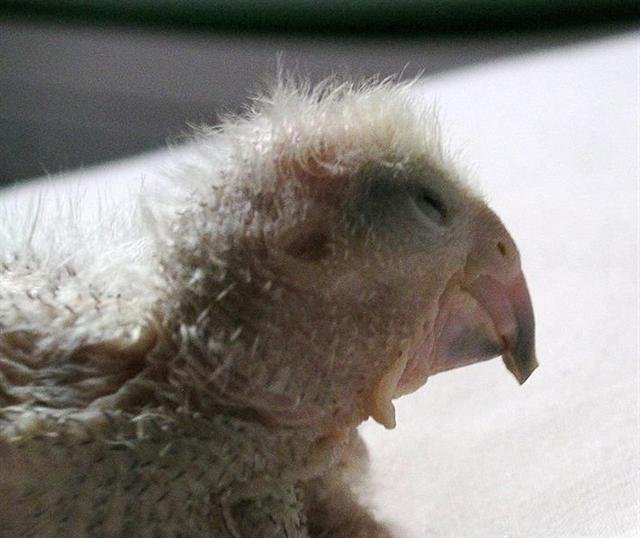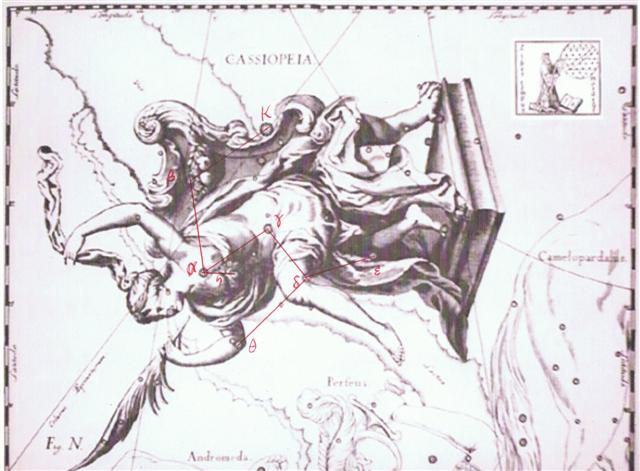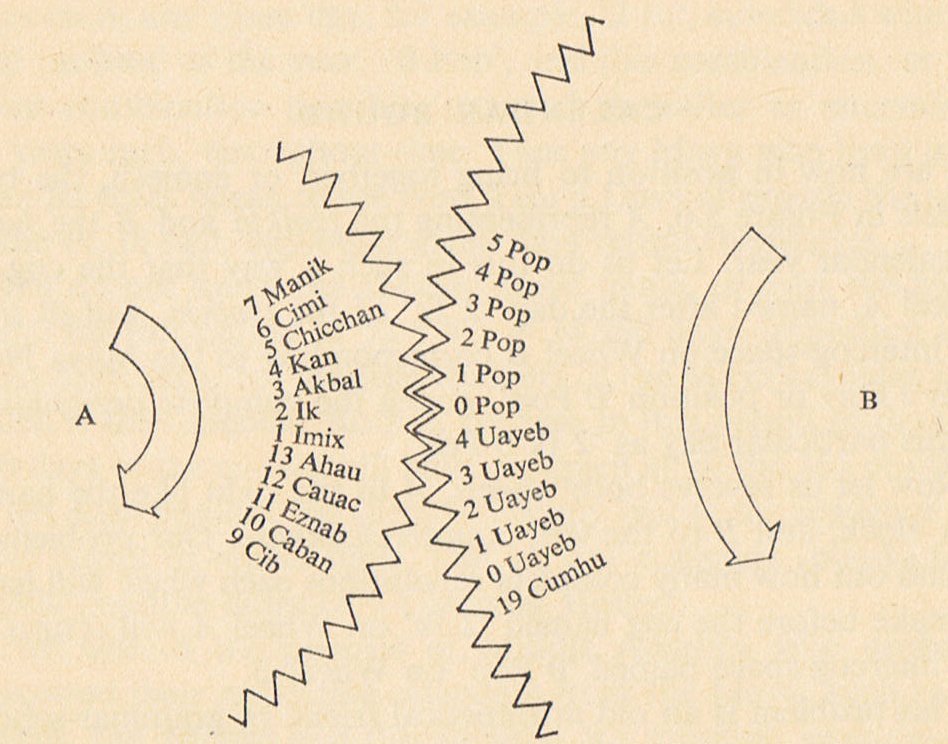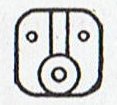Bb12.4 Via Bishop Jaussen on Tahiti we have been given a Sign from Metoro, viz. that ua (rain) was changed into hia (counting) in November 18: ... The correspondence between the winter solstice and the kali'i rite of the Makahiki is arrived at as follows: ideally, the second ceremony of 'breaking the coconut', when the priests assemble at the temple to spot the rising of the Pleiades, coincides with the full moon (Hua tapu) of the twelfth lunar month (Welehu). In the latter eighteenth century, the Pleiades appear at sunset on 18 November. Ten days later (28 November), the Lono effigy sets off on its circuit, which lasts twenty-three days, thus bringing the god back for the climactic battle with the king on 21 December, the solstice (= Hawaiian 16 Makali'i). The correspondence is 'ideal' and only rarely achieved, since it depends on the coincidence of the full moon and the crepuscular rising of the Pleiades ...
Side b on the G tablet carries 242 glyphs (→ November 18, *242), and the text ends with the Full Moon at the Hands of the Serpent Carrier,
at the time when the Sun reached his day zero (so to say) still resting inside the Egg →
... Long ago in the very beginning of time there dwelt within a shell an infant god whose name was Ta'aroa. He was Ta'aroa the unique one, the ancestor of all gods, the creator of the universe whose natures were myriad, whose backbone was the ridgepole of the world, whose ribs were its supporters. The shell was called Rumia, Upset. Becoming aware at last of his own existence and oppressed by a yearning loneliness Ta'aroa broke open his shell and, looking out, beheld the black limitless expanse of empty space. Hopefully, he shouted, but no voice answered him. He was alone in the vast cosmos. Within the broken Rumia he grew a new shell [cfr Bb8-27] to shut out the primeval void ... The G tablet is oriented towards the Sun, not towards the nakshatra Full Moon as the B text (at least up to MARCH 20 when the drums were sounding). ... In China, every year about the beginning of April, certain officials called Sz'hüen used of old to go about the country armed with wooden clappers. Their business was to summon the people and command them to put out every fire. This was the beginning of the season called Han-shih-tsieh, or 'eating of cold food'. For three days all household fires remained extinct as a preparation for the solemn renewal of the fire, which took place on the fifth or sixth day after the winter solstice [Sic!] ...
The sunset in November 18 could symbolize the place where north of the equator the Old Sun 'went down to the fishes' (i.e. to the southern hemisphere). In the next day the Sun would then arrive to where the Breast of Cassiopea (W) culminated (at 21h).
... In the morning of the world, there was nothing but water. The Loon was calling, and the old man who at that time bore the Raven's name, Nangkilstlas, asked her why. 'The gods are homeless', the Loon replied. 'I'll see to it', said the old man, without moving from the fire in his house on the floor of the sea. Then as the old man continued to lie by his fire, the Raven flew over the sea. The clouds broke. He flew upward, drove his beak into the sky and scrambled over the rim to the upper world. There he discovered a town, and in one of the houses a woman had just given birth. The Raven stole the skin and form of the newborn child. Then he began to cry for solid food, but he was offered only mother's milk. That night, he passed through the town stealing an eye from each inhabitant. Back in his foster parents' house, he roasted the eyes in the coals and ate them, laughing. Then he returned to his cradle, full and warm. He had not seen the old woman watching him from the corner - the one who never slept and who never moved because she was stone from the waist down. Next morning, amid the wailing that engulfed the town, she told what she had seen. The one-eyed people of the sky dressed in their dancing clothes, paddled the child out to mid-heaven in their canoe and pitched him over the side ... Should we count 33 days ahead from MARCH 16 (75) we would reach day 75 + 33 = 108 at a place corresponding to December 21 (355), and 355 - 64 = 291 (SEPTEMBER 18). 322 (November 18) - 291 = 31 = 64 - 33. Anciently they counted with 10 months for the year. ... From the natives of South Island [of New Zealand] White [John] heard a quaint myth which concerns the calendar and its bearing on the sweet potato crop. Whare-patari, who is credited with introducing the year of twelve months into New Zealand, had a staff with twelve notches on it. He went on a visit to some people called Rua-roa (Long pit) who were famous round about for their extensive knowledge. They inquired of Whare how many months the year had according to his reckoning. He showed them the staff with its twelve notches, one for each month. They replied: 'We are in error since we have but ten months. Are we wrong in lifting our crop of kumara (sweet potato) in the eighth month?' Whare-patari answered: 'You are wrong. Leave them until the tenth month. Know you not that there are two odd feathers in a bird's tail? Likewise there are two odd months in the year.' The grateful tribe of Rua-roa adopted Whare's advice and found the sweet potato crop greatly improved as the result. We are not told what new ideas he acquired from these people of great learning in exchange for his valuable advice. The Maori further accounted for the twelve months by calling attention to the fact that there are twelve feathers in the tail of the huia bird and twelve in the choker or bunch of white feathers which adorns the neck of the parson bird ... But we should first advance with only 10 glyphs / days in order to search for the place where the Hawaiian cycle of Lono might have begun:
The Star which rose with the Sun in November 25 was Antares (*249 = 329 - 80), and through his hole of entrance a wind emerged which drove away the waters:
|
||||||||||||||||||||||||||||||||||||||||||||||||||||||||||||||||||||||||||||||||||||||||||||||||||||||||||||||||||||||||||||||||||||||||||||||||||||||||||||||||||||||||||||||||||||||||||||||||||||||||||||||||||








.jpg)






.jpg)



